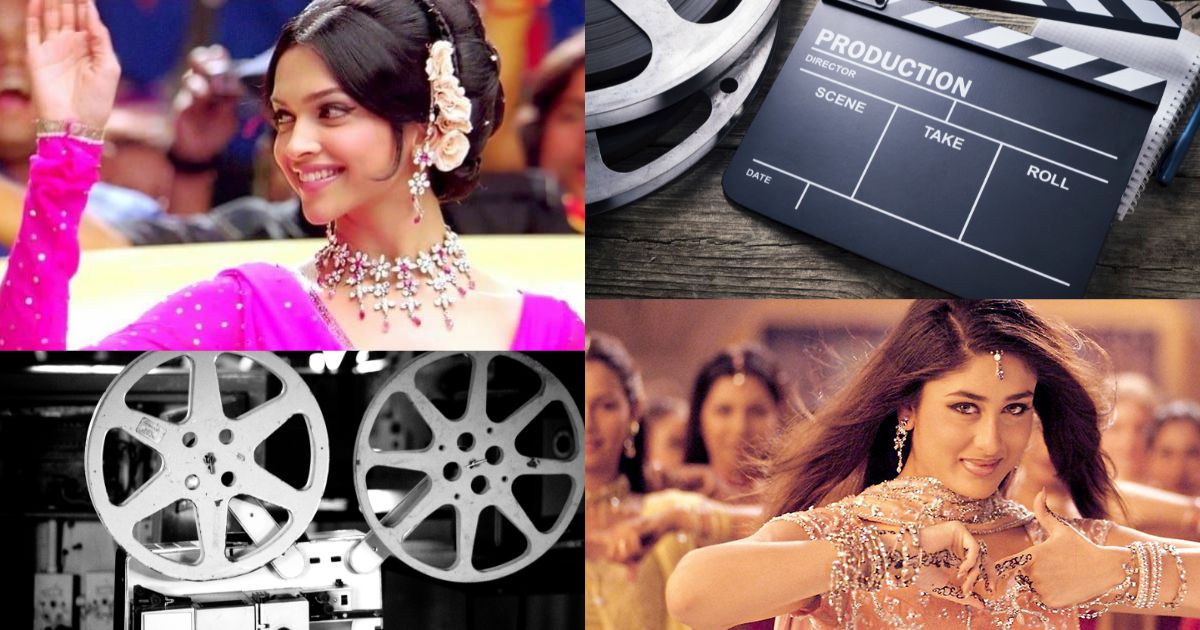People’s desire to look trendy and fashionable is one thing that never goes out of style. The fashion industry is all about looking good and keeping up with the latest trends, so it makes perfect sense that it is now taking its first steps on the virtual runway.
The metaverse allows the physical fashion world to connect with the digital vastness, and it promises to be the next development of the industry. Virtual reality has the unique capacity to merge the physical and digital domains to create a new universe full with ideas that cannot be realised otherwise.
The fashion industry understands GenZ’s fascination with the concept of a digital persona that allows them to express themselves in innovative ways better than others. Some of the most talented designers have already embraced this trend, bringing their talent to a metaverse-loving public eager to look their best.
The fashion industry understands GenZ’s fascination with the concept of a digital persona that allows them to express themselves in innovative ways better than others. Some of the most creative designers have already embraced this trend, offering their skills to a metaverse-obsessed population hungry to look their best.
This trend culminated earlier this year with Decentraland’s first-ever Fashion Week, a series of virtual events attended by dozens of well-known firms and designers such as Dundas, Dolce & Gabbana, Etro, and Estée Lauder. The event was created entirely in the metaverse using blockchain technology, with digital clothing and accessories worn as NFTs on NFT-based land. Kerry Murphy, co-founder of digital fashion startup The Fabricant, developed the first NFT garment ever sold.
Digital fashion is a developing notion, although it is not a new trend. Online gamers have long embraced the notion of dressing up their in-game characters by purchasing numerous “skins.” It’s a notion that has spread throughout the metaverse, with many users eager to customise their avatars in order to build a more fascinating digital character. Investors are also interested in digital fashion, believing that fashion NFTs will become the next big thing and rise in value.
Amateur designers find this affordable platform a place to express their creativity. Fashion League is a one-of-a-kind game set in its own virtual universe that allows players to create their own fashion shop and brand, then design and construct their own collections of apparel and accessories, compete in design contests and fashion shows, and even earn real-world awards. Fashion League is not only for aspiring designers; it also allows existing firms to demonstrate digital items that may someday find their way into the real world.
The metaverse’s adaptability is a significant advantage. Creatives may take it a step further by purchasing their own digital property and hosting virtual events on a platform like CEEK. CEEK’s platform also hosts live fashion events that can be accessed using a VR headset, allowing customers to immerse themselves in the experience from afar.
This will only grow when the metaverse matures into a multi-chain world, allowing NFT-based fashion products manufactured on any network to be integrated into any digital event. Designers who construct their designs in Fashion League or CEEK will be able to present them at future Decentraland events, mixing with rich fashionable guests wearing their valuable Bored Ape NFT avatars, thanks to blockchain compatibility.
There will eventually be greater overlap with reality. Fashion is a business that likes having its cake and eating it, and firms such as Fred Segal are already attempting to produce digital copies of tangible items. So, if you buy a Fred Segal hooded top in the future, you may be entitled to a digital duplicate of that same garment anytime your avatar enters the digital domain. In other words, fashionistas will be able to mimic their real-life appearance in the metaverse.
Few people who have stepped foot in the metaverse would disagree that creating a distinctive and stylish avatar that matches your own identity is a tremendously pleasant experience. It’s less expensive and simpler than in the actual world, and there’s no need to worry about being evaluated because the metaverse provides for anonymity. Anyone may be anyone in this new world.
The metaverse offers a world that is not defined by popular notions. Rather, it will be a playground for daring and innovative styles, with concepts that cannot be replicated using ordinary textiles – picture gold, silver, and fire costumes shown in pixelated form. The possibilities are endless, and it’s no surprise that a fashion industry with few boundaries is taking note.
Authors: Shivangi Desai
















